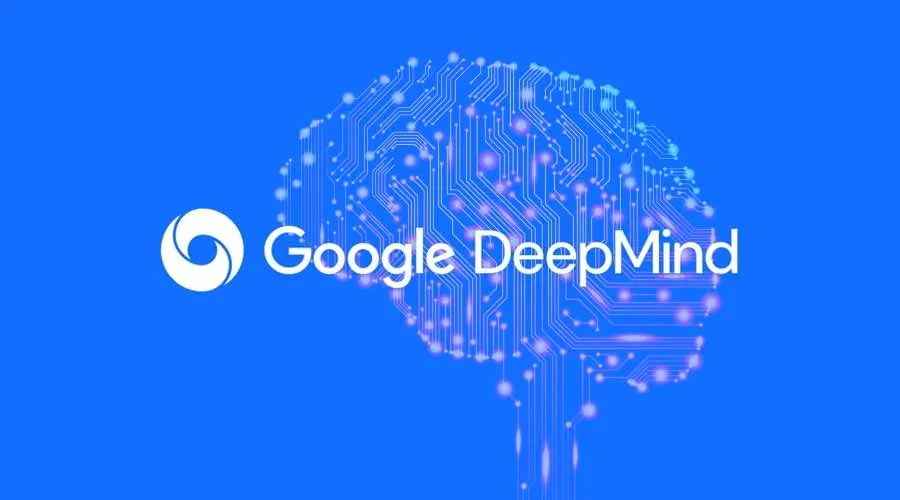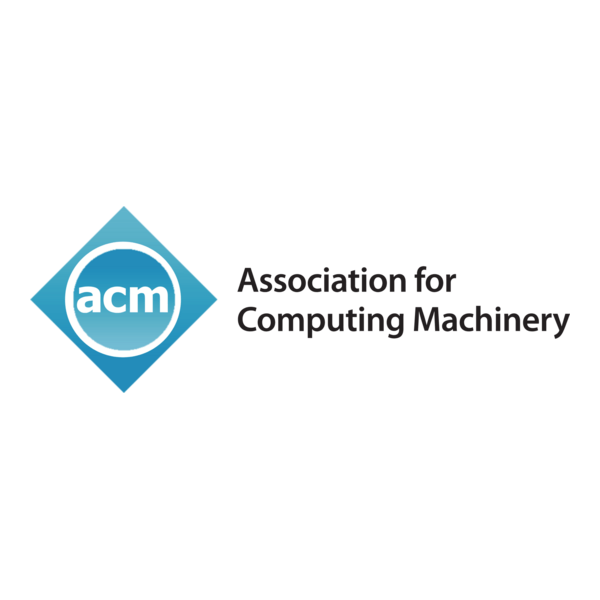Publications
My research papers, articles, and other published works.
Featured Contributions
A Framework for Evaluating Emerging Cyberattack Capabilities of AI
Acknowledged by the authors for foundational contributions, including the primary research and data collection used to develop the framework for evaluating AI's emerging cyberattack capabilities.
This seminal work from Google DeepMind introduces a novel framework for systematically evaluating the emerging cyberattack capabilities of advanced AI models. Addressing the limitations of ad-hoc testing, the framework models the end-to-end cyberattack chain to identify 'bottlenecks', i.e. the phases most susceptible to AI-driven disruption. By analyzing over 12,000 real-world incidents, the research concludes that current AI primarily enhances attacker speed and scale rather than creating novel capabilities, offering critical insights that help defenders prioritize mitigations against the next generation of threats.
Authorships
Malware Detection in Cloud Native Environments
Brian S. Mitchell, Ansh Chandnani, John Carter, Danai Roumelioti, Spiros Mancordis
Modern cloud native environments are incredibly dynamic, making them a significant blind spot for traditional security monitoring. To address this, we introduced a novel approach to behavioral malware detection. We engineered a custom tool using eBPF to collect high-fidelity system call data directly from the Linux kernel across entire container clusters.By training machine learning models on this data, our system learned to distinguish normal operational behavior from malicious activity, allowing it to detect high-profile remote code execution (RCE) attacks with near perfect accuracy, thus providing protection against attacks in real-time.
Algorithms: Decoding Bias in Messages
Ansh Chandnani, Denise E. Agosto
As our world becomes increasingly automated, we must ask a critical question: how do we account for the human biases embedded in our algorithms? In this book chapter, my co-author and I explore this, arguing that 'algorithmic literacy' is a fundamental aspect of modern media literacy. We break down how automated systems can absorb and amplify existing prejudices, leading to discriminatory outcomes and polarizing echo chambers. The piece serves as a call to action for readers to critically question the invisible forces shaping their digital world and to understand how this technology impacts the pursuit of social justice.

16th International Conference on Cyber Warfare and Security (ICCWS) 2021
2021
🏆 Best Presentation, Stanford Research Conference 2021
📄 Presented at Harvard National Collegiate Research Conference 2020
Ontology Modelling of Industrial Control System Ethical Hacking
Thomas Heverin, Ansh Chandnani, Cate Lopez, Nirav Brahmbhatt
Ethical hacking of critical infrastructure, like power grids and manufacturing plants, is incredibly complex. Security professionals face a massive challenge in connecting disparate information from numerous sources, from unique software versions and protocols to specific vulnerabilities and known exploits. In this paper, we proposed a novel solution to automate this process. We designed and built a cybersecurity ontology, a knowledge graph that models the domain of industrial control systems (ICS). By representing this complex data semantically, our model allows an ethical hacker to run a single query and instantly see the connections between a piece of software, its vulnerabilities, and available exploits. Streamlining a task that previously required hours of manual research. This work lays the foundation for a new generation of automated tools to help secure our most critical systems.


